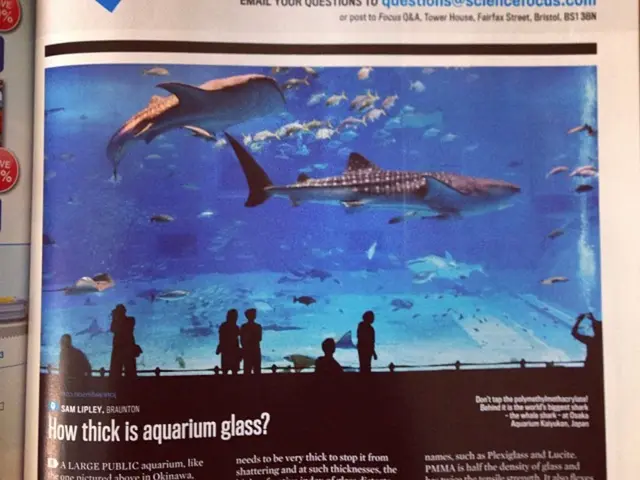Zinc Sulfate Bound to Lysine: Chemical Compound Description
The European Union is currently considering the authorization of a new feed additive, Plexomin® L-Zn, a zinc lysinate sulfate compound. This nutritional additive, intended for use in compound feed, is undergoing a prior authorization procedure under the European Food Safety Authority (EFSA) and the European Commission.
Any nutritional additive, like Plexomin® L-Zn, must pass stringent safety, efficacy, and quality tests before being marketed and used in the EU. The authorization process involves a comprehensive dossier submission, followed by a scientific risk assessment by EFSA to ensure the additive is safe for animals, consumers, users, and the environment.
The framework for this authorization is primarily established under Regulation (EC) No 1831/2003, which lays down rules for authorization, data requirements, and labeling of feed additives, including trace minerals like zinc lysinate sulfate.
Testing methods for Plexomin® L-Zn include characterization of its chemical nature and purity, safety studies, efficacy studies, and analytical methods to quantify its concentration in feed and animal tissues. These methods must comply with OECD guidelines and good laboratory practices. EFSA provides technical guidance on the studies needed for risk assessment and testing protocols.
Plexomin® L-Zn is an organic zinc compound, a category that is often assessed individually by EFSA for safety and efficacy before authorization for all animal species. The EU sets maximum authorized levels for zinc in animal feed to avoid toxicity and environmental contamination, and the additive must comply with these limits.
The feed additive has a minimum content of zinc of 20 % (w/w) and a minimum content of lysine of 34 % (w/w). For the official control of total zinc, the European Union method based on Atomic Absorption Spectroscopy (AAS) is recommended, along with five ring-trial validated methods: ISO 6869, EN 15621, EN 15510, EN 17053, and the European Union method based on AAS. For the determination of lysine in the feed additive, the EN ISO 17180 method based on ion-exchange chromatography (IEC) is proposed.
The applicant has not proposed a specific method for the determination of lysine in the feed additive, premixtures, or compound feed. However, they have proposed different maximum doses of zinc for various target species, ranging from 120 mg/kg to 200 mg/kg complete feed.
If approved, Plexomin® L-Zn will join the ranks of authorized zinc compounds as a trace mineral nutritional additive, contributing to the health and nutrition of various animal species in the EU. The authorization process is ongoing, and a positive EFSA opinion and Commission implementing regulation are required before the additive can be marketed for use.
The ongoing authorization process for Plexomin® L-Zn, a zinc lysinate sulfate compound, under the European Food Safety Authority (EFSA) and the European Commission, involves verifying its safety and efficacy within the health-and-wellness sector, particularly in the realm of nutrition for a healthy-diets approach. Once authorized, it could potentially serve as a supplement for various animal species in the EU, promoting their overall health and wellness.




